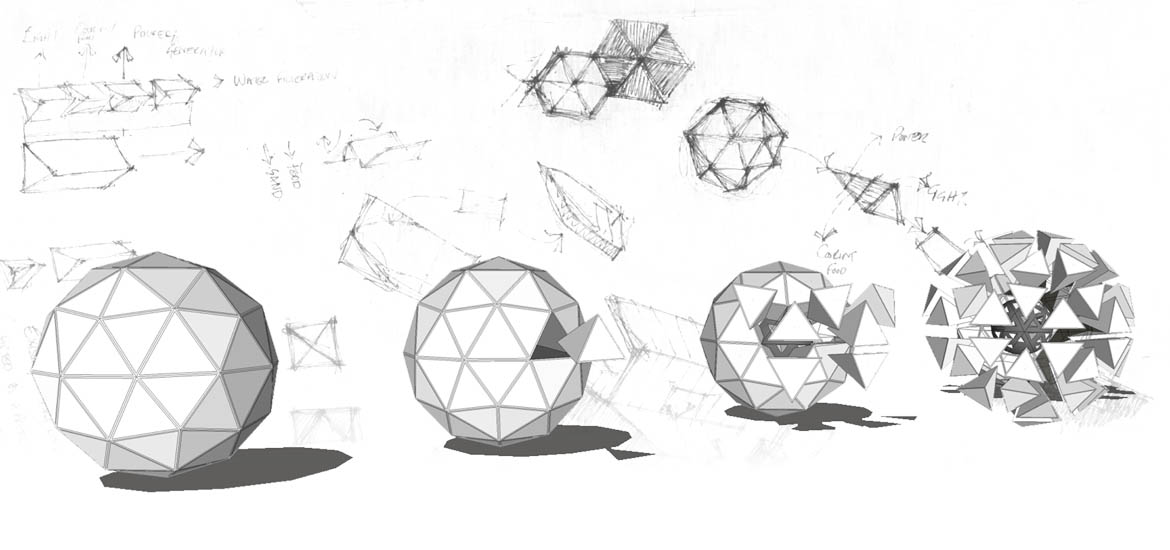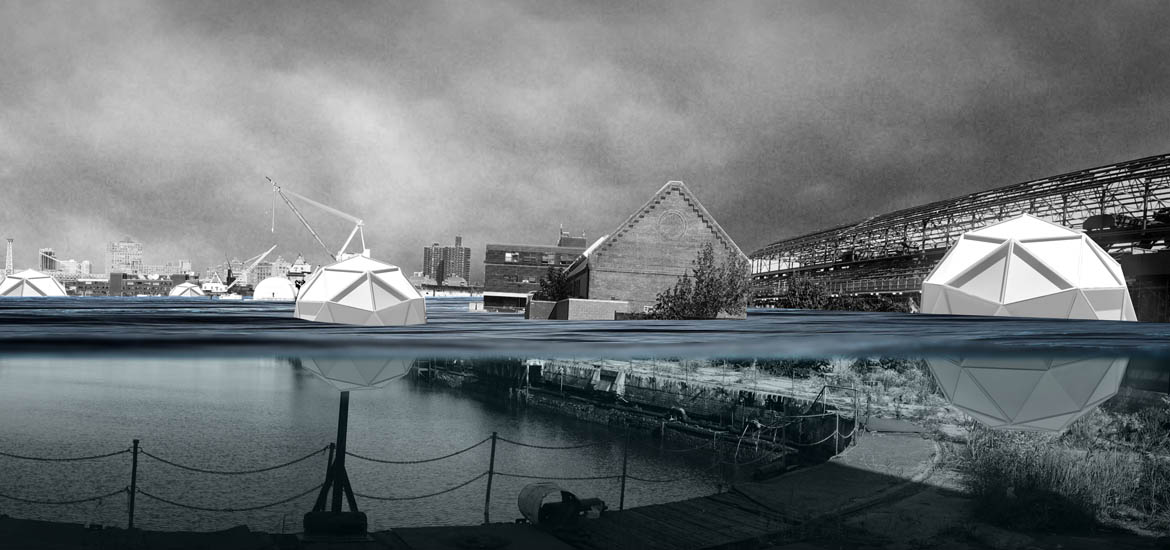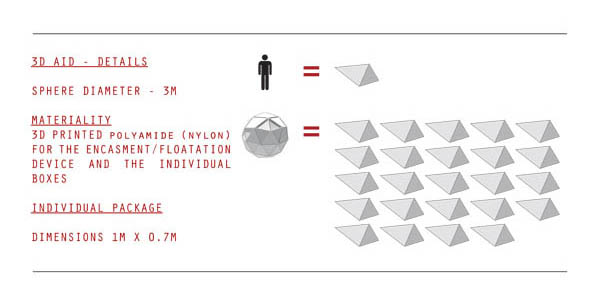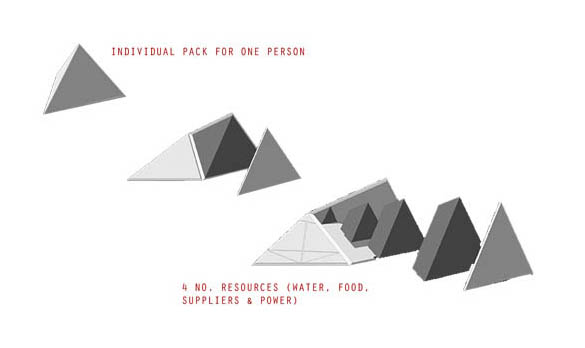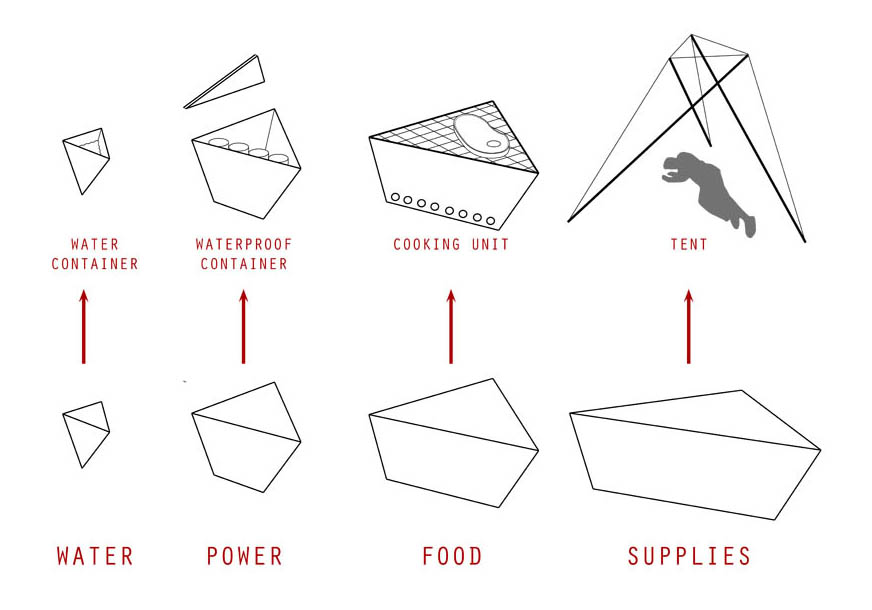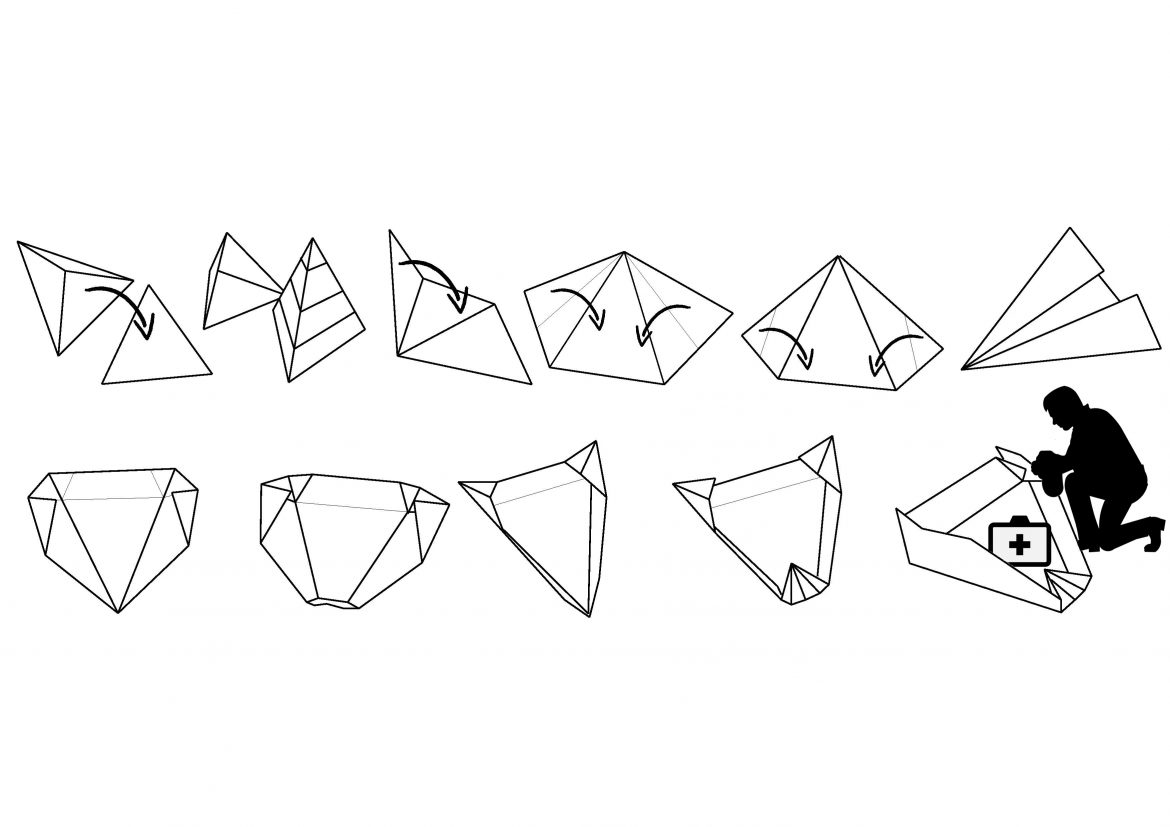DS2 collaborated with some students from the NYIT’s BArch programme during the last week of October. We as a studio went over for a week prior to the hurricane Sandy anniversary to develop a flood resilient structure for the Brooklyn Navy Yard, which was badly affected by the flood waters, with some of the areas of the site being 5-6 foot under water.
My group, Jack Arnold and Ryan Mc Grath from NYIT, decided to not just think about a building but design a survival kit which can adapt to a flood, where every part is usable, even the packaging. The design can be transported easily by man or vehicle and could be for any disaster.
‘With climate change expressing its presence on earth dramatically in more recent years, should we as architects be adapting and transforming to this change? Should we purely be focusing on designing resilient buildings or transposing our design skills to producing a piece of architecture that will assist as a form of aid and relief for the people.
Our chosen site of the Brooklyn Navy Yard is a modern industrial estate which holds a collection of design disciplinaries; creating an unique community. Our chosen location and building within the site is the proposed new 3D printing factory (building 128) which will house a collaboration of 3D printing practices. We want the embedded element of 3D printing to be a key aspect; underpinning our design.
The site sits within an area which got heavily flooded during Hurricane Sandy, and with our proposed building being submerged under 6 foot of water we approached our design not as a form of building resilience but actually building and designing a form of disaster relief for every individual affected.
Our disaster relief will be a survival pack for one person, containing a selection of items need during a flooding disaster. These beacon of light will be transported from the 3D printing building by boats to the areas and people affected by the disaster.’
